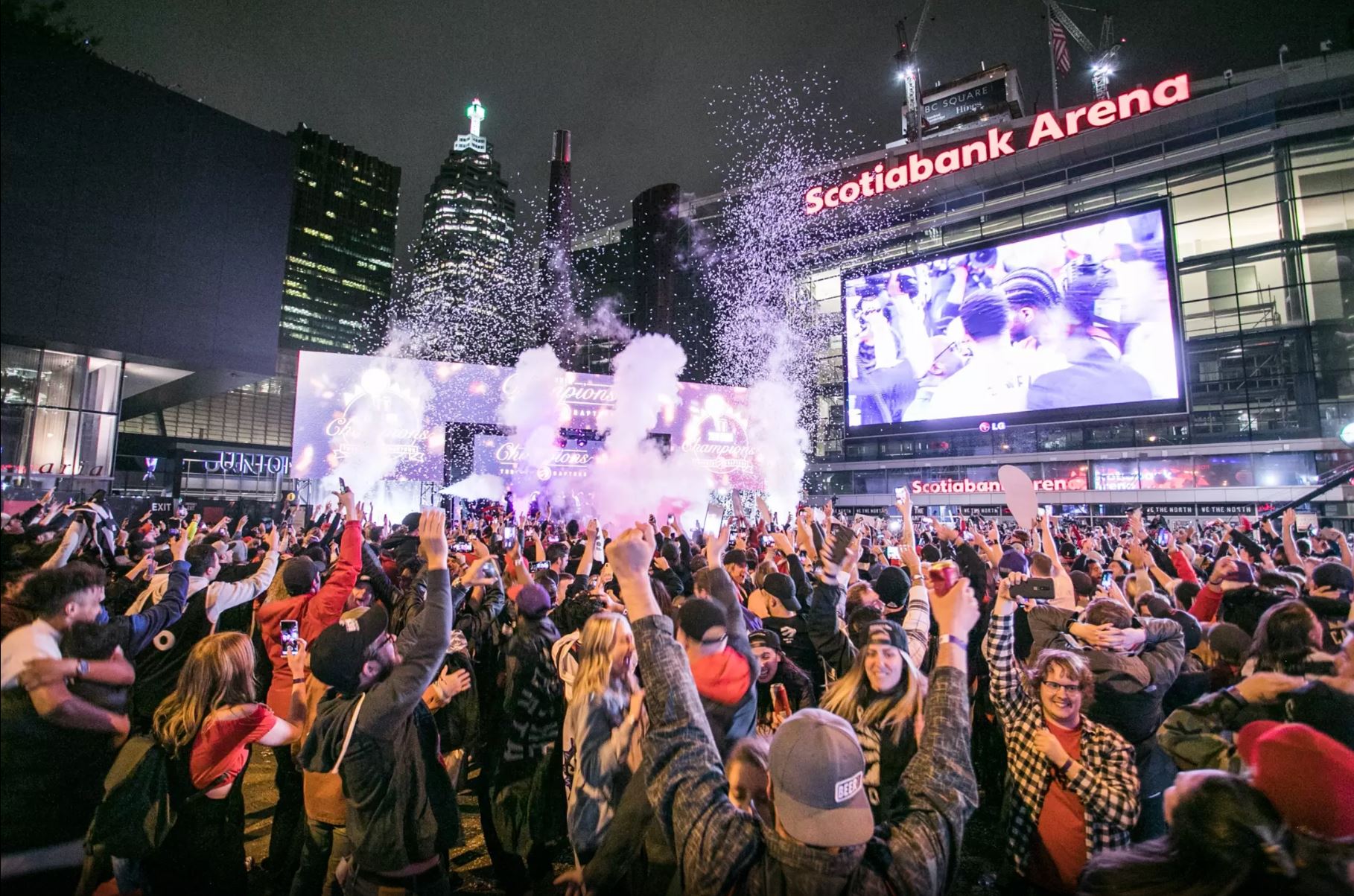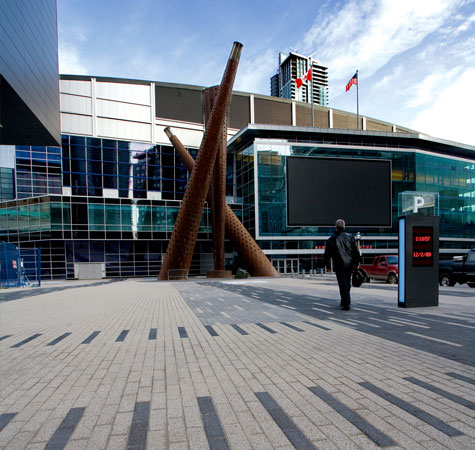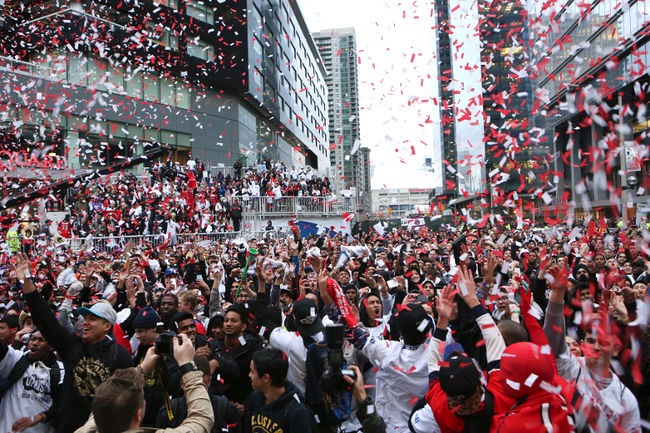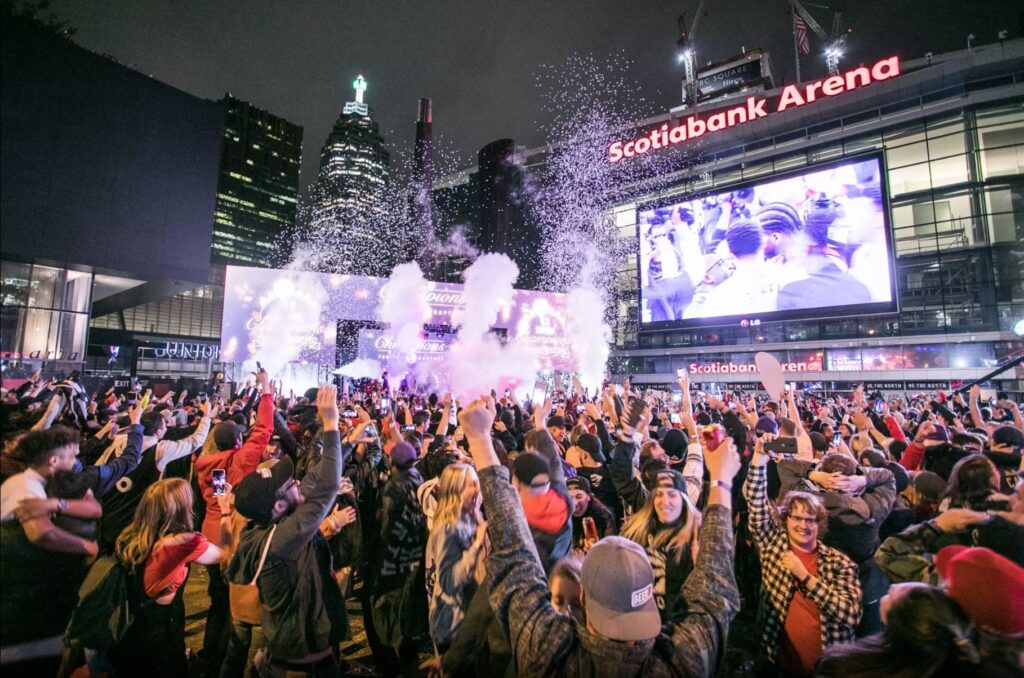
During these times of uncertainty, violent acts of racism and discrimination against minority community groups have resonated with people worldwide. Protests and demonstrations have grown into a movement of solidarity as a reaction to the urgency of justice, equity, and inclusion for all.
What role do Landscape Architects and Urban designers have amidst such ever-changing social conditions that have impacted how people use and shape their surrounding environments, particularly public squares?
Public squares date back to the Greek Civilization. Known as the “Agora”, the public square played an important role in shaping cities. It was an open place in the city center where political, social, and economic activities were carried out, including gatherings for political meetings, athletic and musical games, theatre performances and commercial activities.

Since ancient times, public squares have been an integral part of public spaces, acting as social catalysts that reflect urban identity and its communities. A contemporary public square in the heart of City of Toronto is the Maple Leaf Square also known as Jurassic Park, designed by Nak Design Strategies. This public square is exemplary of a gathering space that resonates with all communities, providing a place of connectivity to Toronto’s multicultural events including festivals and sports games, linking transit system and the underground PATH network and for pedestrian walkways. Such public spaces are complex since they not only have to provide a forum for gatherings in times of celebration, but also must serve as a platform for open dialogue during times of protests and demonstrations for democratic change.

How might public squares evolve as a space of co-existence and acceptance, where the freedom to express differences and more importantly to address underlying concerns by specific community groups is welcomed in a safeguarded manner?

As the shapers of society, Landscape Architects and Urban Designers must critically approach, examine, design, and redefine public spaces to serve as a common ground for all voices. After all, in times of injustice, people are mad and they want to be heard. There needs to be sense of belonging that is present in how public spaces are designed to reflect a safe, diverse, and communal space that empowers all communities.
